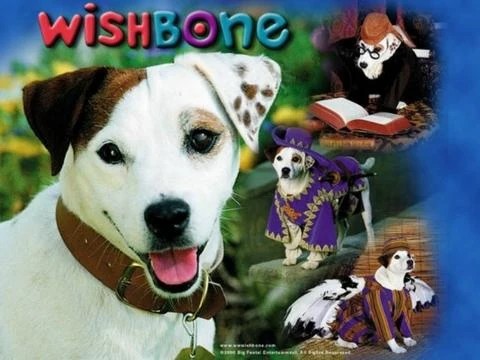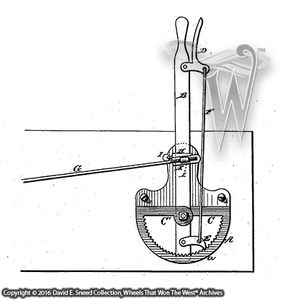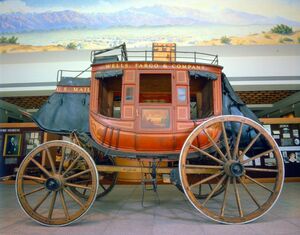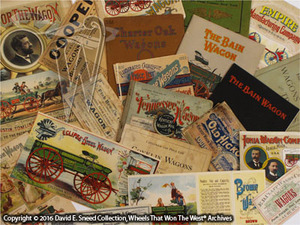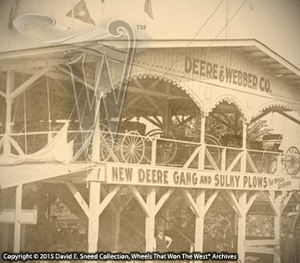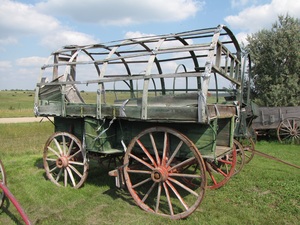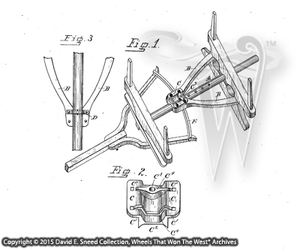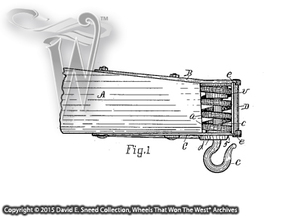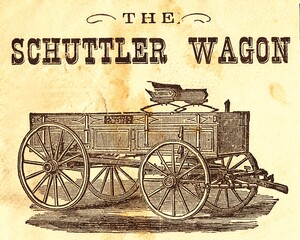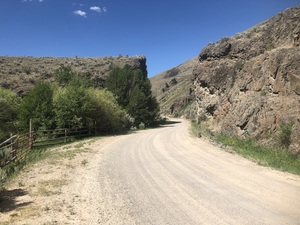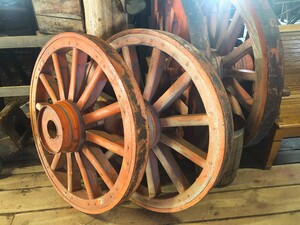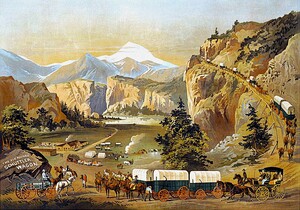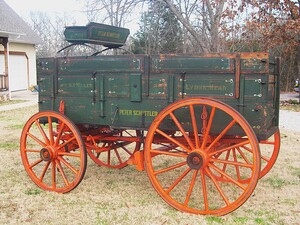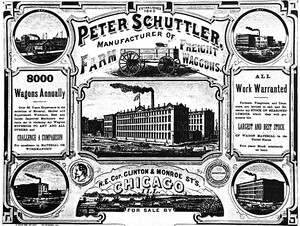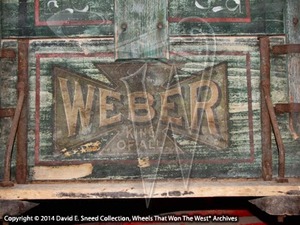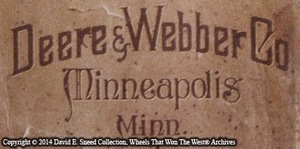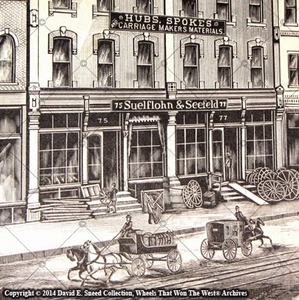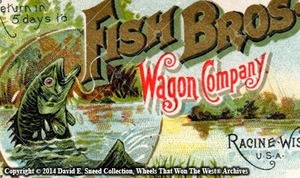History has always been a topic that intrigues some while leaving others less than thrilled. As an early transportation collector and western enthusiast, I've always been fascinated with the past. Not only does yesterday provide understanding for the present but it can give us strong indicators about the future - all while sharing some amazing stories of fame, fortune, troubles, and triumph. From genealogical pursuits to the discovery of rare antiques, classic cars, buried treasures, and more, the exploration of history holds a wealth of rewards.
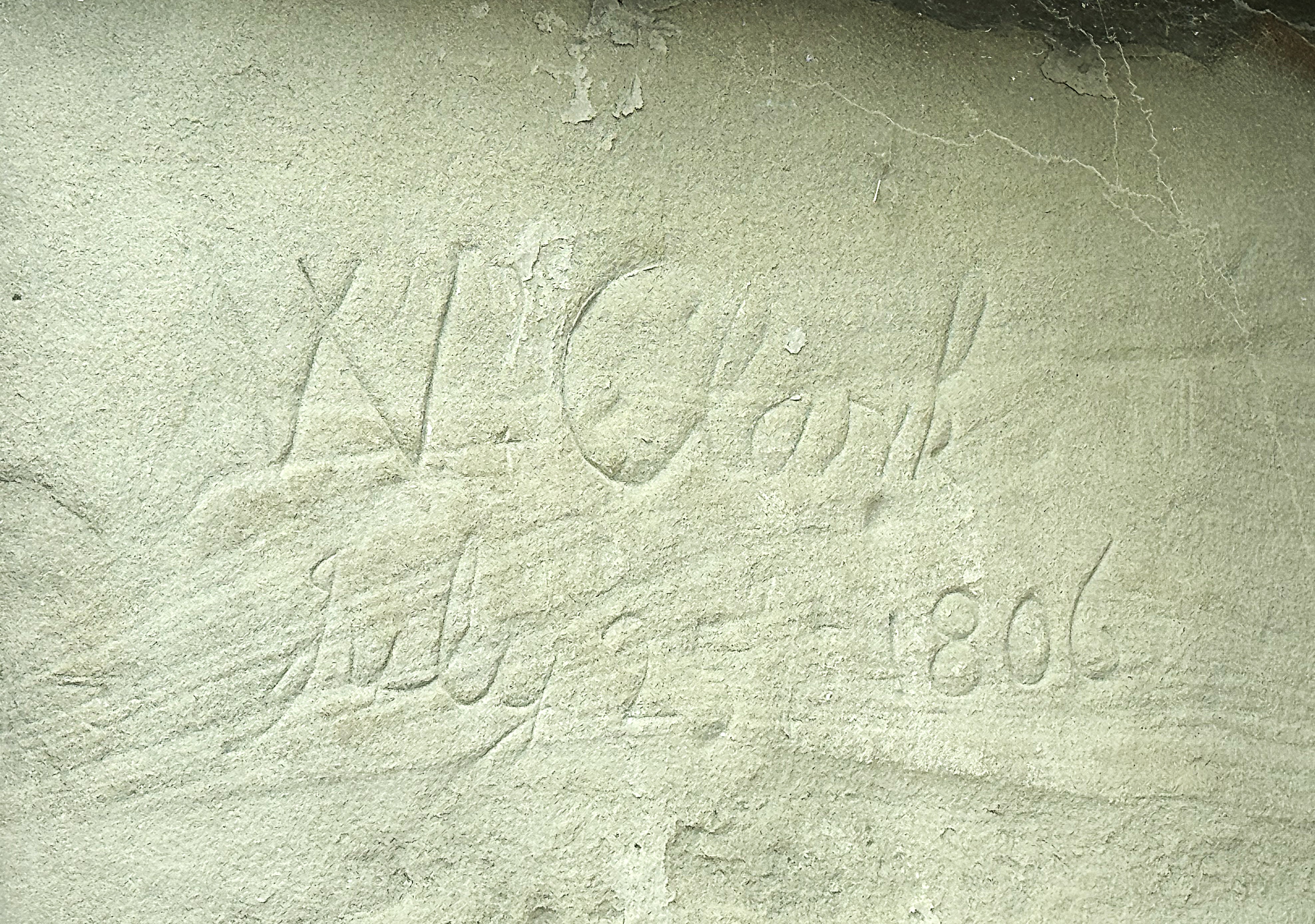
FACE-TO-FACE WITH HISTORY: According to the National Park Service, Clark's inscription here on Pompeys Pillar - northeast of Billings, Montana - is the only visible evidence of Lewis & Clark's journey that remains intact. They left Camp Wood (near the confluence of the Missouri & Mississippi Rivers) on May 14, 1804 and returned to St. Louis on September 23, 1806. Their mission from President Thomas Jefferson was to explore the newly purchased Louisiana Territory and find a water route to the Pacific Ocean.
Even so, over the years, I've heard a good number of folks wonder aloud how to get more people and, specifically, how to get more 'younger' people interested in old wagons and stages. The understandable concern has been, 'How do we continually preserve, protect, and promote these wheels to groups beyond the generation that enjoys them now? I'll suggest that the answer is easy, but the work is far from it. Bear with me as I take the long way around the barn with a little storytelling...
When our kids were young, there was a particular television show they always enjoyed watching. It was a program that taught the value of studying the classic writings of world literature. Most would probably say that doesn't sound too exciting. Well, hold on, because it was a pretty cool show. The different episodes featured stories from the likes of Charles Dickens, William Shakespeare, Mark Twain, Homer, Sir Arthur Conan Doyle, Washington Irving, Walter Scott, Mary Shelley, Jules Verne, Robert Louis Stevenson, Edgar Allan Poe, H.G. Wells, and more.
While the subject itself might have seemed like a yawner to some, guess what? The creators knew how to capture imaginations by properly positioning some of the world's greatest stories. The inspirational presentations were truly intriguing! The program had an opening jingle with the refrain, "What's the story, Wishbone?" Some of our readers might remember that 'Wishbone' was a Jack Russell Terrier that was absolutely loaded with personality. Who wouldn't LOVE a dog like that! Kids definitely do. So, there was an instant connection to the topic just because the creators knew the love a child has for a cool dog.
Wishbone was a genuine hambone and continually charmed his way into the hearts of the kids (and parents as well). The show was premised on the dog playing a main character from any number of tales from classic literature. It might sound corny, but the format did an amazing job of holding our girls' interest while teaching them about things that some might, unfortunately, consider mind-numbing literature. They looked forward to watching every episode and it remains a series of great memories for them. So, what made the show so intriguing? Beyond a cute dog, the very art of storytelling requires us to find a way to literally connect with and relate to an audience. That talent has been around since the dawn of time but it takes enthusiastic effort to put things in the right presentation format. It's a truth that many have transformed into a fortune.... In fact, the entire film and video industry is predicated on just that - great storytelling. It's such a massive business that the value of the industry is estimated to be in the hundreds of BILLIONS of dollars. That's a lot of money by anyone's standards and it reinforces the importance of sharing those moments with others. Social media, the news, and even the trade of songwriting are all built on the art of telling memorable stories.
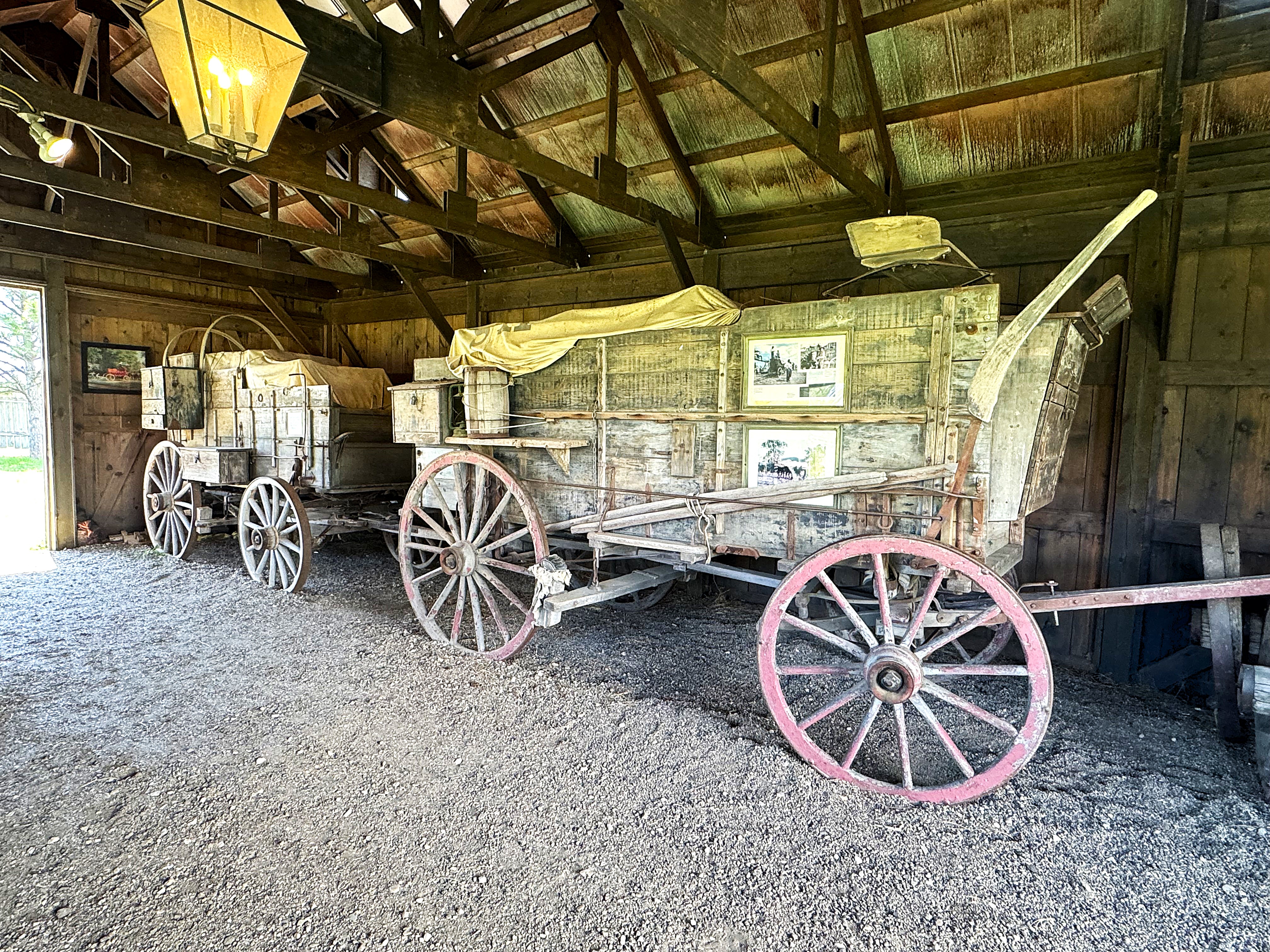
The freight wagons shown in the movie, "Dances With Wolves," are on display at 1880 Town in Midland, South Dakota. It's all part of an incredible western story portrayed at the attraction.
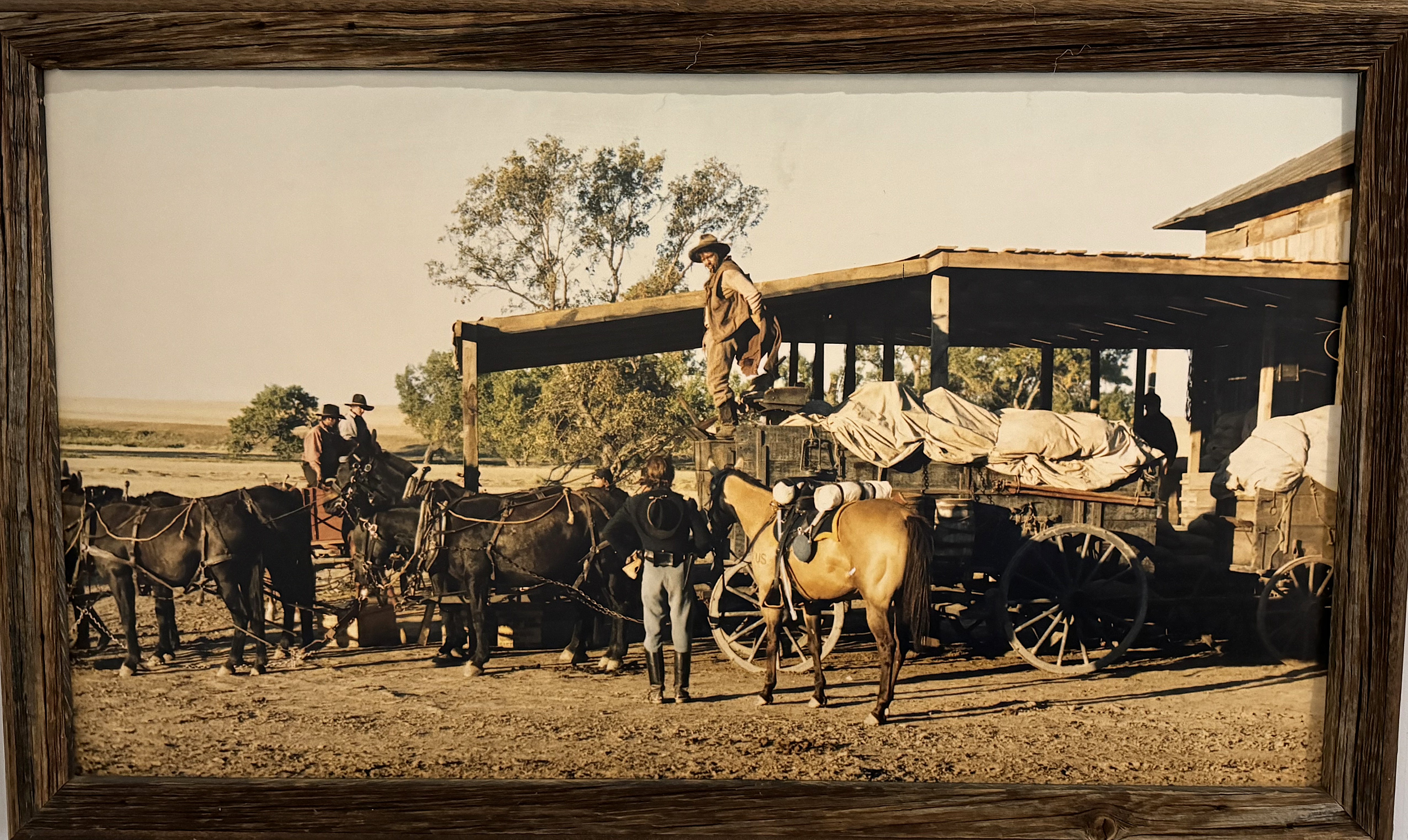
A behind-the-scenes image showing the wagons used in "Dances With Wolves."
If you own an antique vehicle, do you know its story? How would you get someone excited about that set of wheels if they didn't know anything about it? How can you show someone else what's special or unique about it? These are interesting questions, even for me. Ultimately, presentation is everything. So, how have I determined to handle it?
First... Be wary of and resist the temptation to share unproven claims on any vehicle. When it comes to historic assertions, verifiable backgrounds are essential while hearsay can easily be full of errors. I once saw a wagon that was purportedly part of a legendary 1890s cattle drive with a well-known 1800s ranch. The problem? The wagon - both the box and running gear - was a John Deere, made decades later. Who knows how the story got started but the wagon was/is far removed from the 1890s, making the claim 100% impossible. Ultimately, if a point can't be proven through primary sources, it can't be repeated as fact. Credibility is a huge asset and, once lost, it's hard to regain.
Second... Connect intriguing parts of history to the timeframe of the vehicle. As an example, we have a 1906 Studebaker wagon in our collection. In addition to knowing the history of the company, we also know the original owner of the vehicle, where it lived out its life, and how it was used. Additionally, since we know the year it was made, we can develop an overview of history for the U.S. during that timeframe. This helps establish perspective and background to the piece. One major event taking place in 1906 was the massive earthquake and fire that left roughly 3,000 killed and half of the population of San Francisco, California homeless. While this wagon was safely shipped to Nebraska, many Studebaker vehicles in the San Francisco repository did not survive.
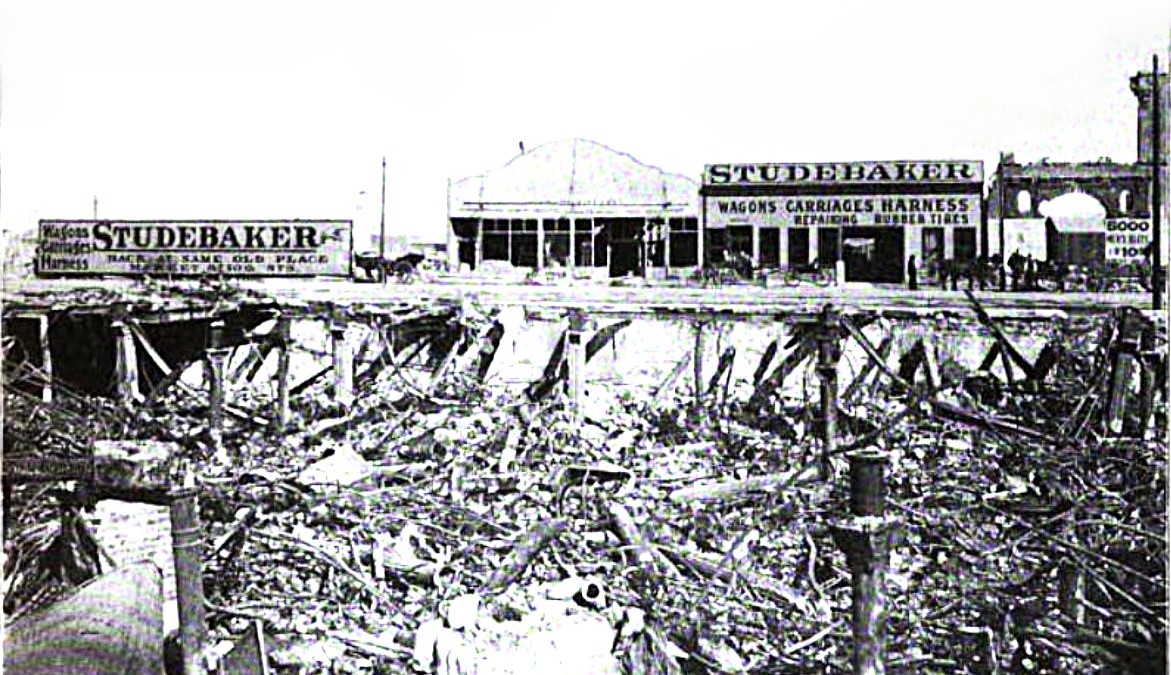
Third... Share individual features and innovations associated with the vehicle. Many antique vehicles have unique engineering and design features that help set it apart from others. Some of those features may even be patented. How aware of individual features are you?
Fourth... Even promotional artwork used by a brand can be extremely intriguing. From the start, these pieces were designed to draw attention to your vehicle and, properly displayed, they still can.
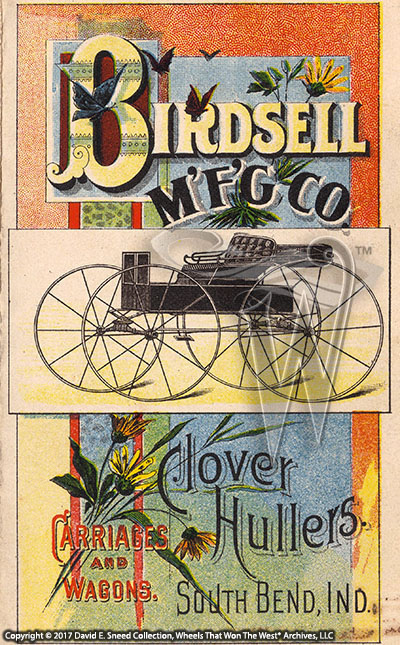
An example of the artwork used to attract attention to the wagons shown inside this flyer. During the late 1800s, color and ornate typography were highly effective advertising tools.
Fifth... It's good to profile what American life was like when a specific set of wheels was made as well as pointing out things like... How many survivors are out there like it? How, when, and where was it used? Is there any notable history, whether people or events connected to it? Write up a summary of all you know (and can objectively support) about your set of wheels. With our archives and research capabilities, we've been privileged to help a number of collectors get to know their vehicle even better.
Sixth... Showcasing a special set of wheels at school programs, church functions, special events, and even local get-togethers can also bring a focus to the vehicle that it might never receive otherwise.
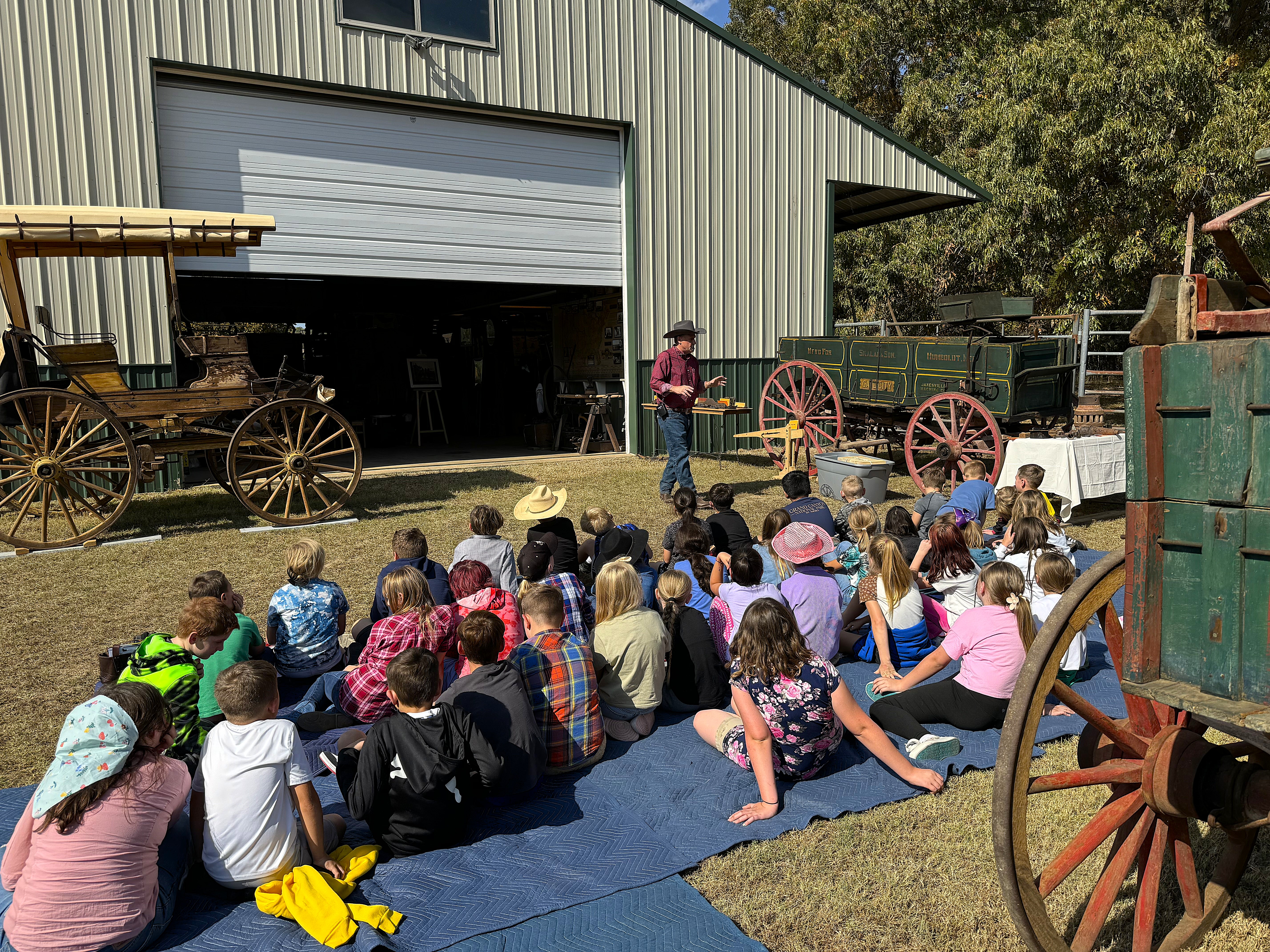
School presentations can raise awareness and appreciation for early wagons and western vehicles.
Within the thousands of surviving wood-wheeled vehicles, there are a good number of special pieces. Do you know what you have? If you're still wondering where to start, take a close look at the brand, itself. As an example, a little while back, I wrote multiple blog posts that outlined the story of the Peter Schuttler Wagon Company. This brand started in 1843 and lasted more than a century. It's a span that encompasses almost two dozen U.S. Presidents, multiple gold rushes, the great cattle drives, the days of gunfighters and outlaws, the Pony Express, western staging, the opening of legendary trails into the west, the building of the transcontinental railroad, and more. A quick overview of parallel history is just one way to help others relate to particular vehicles.
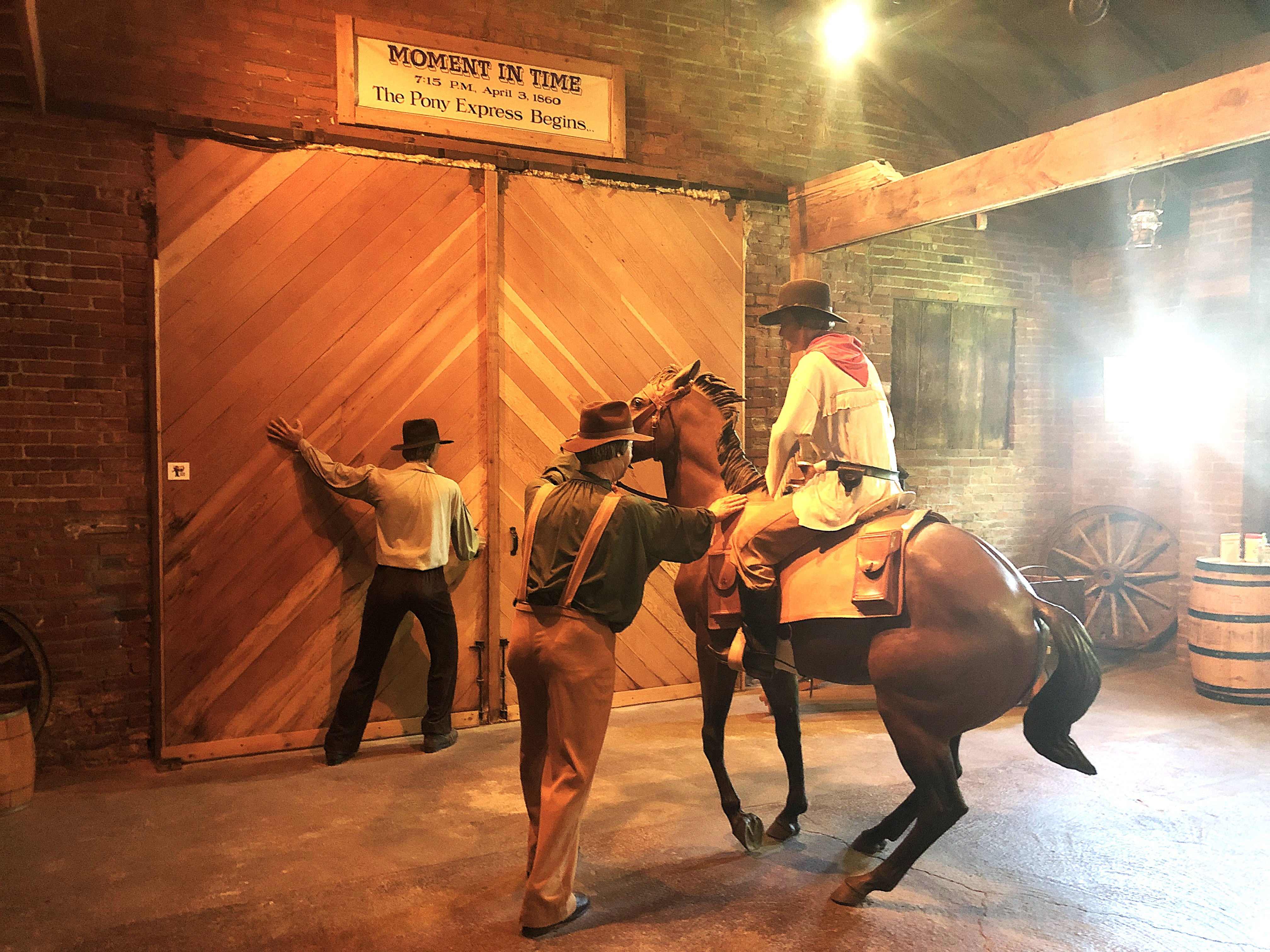
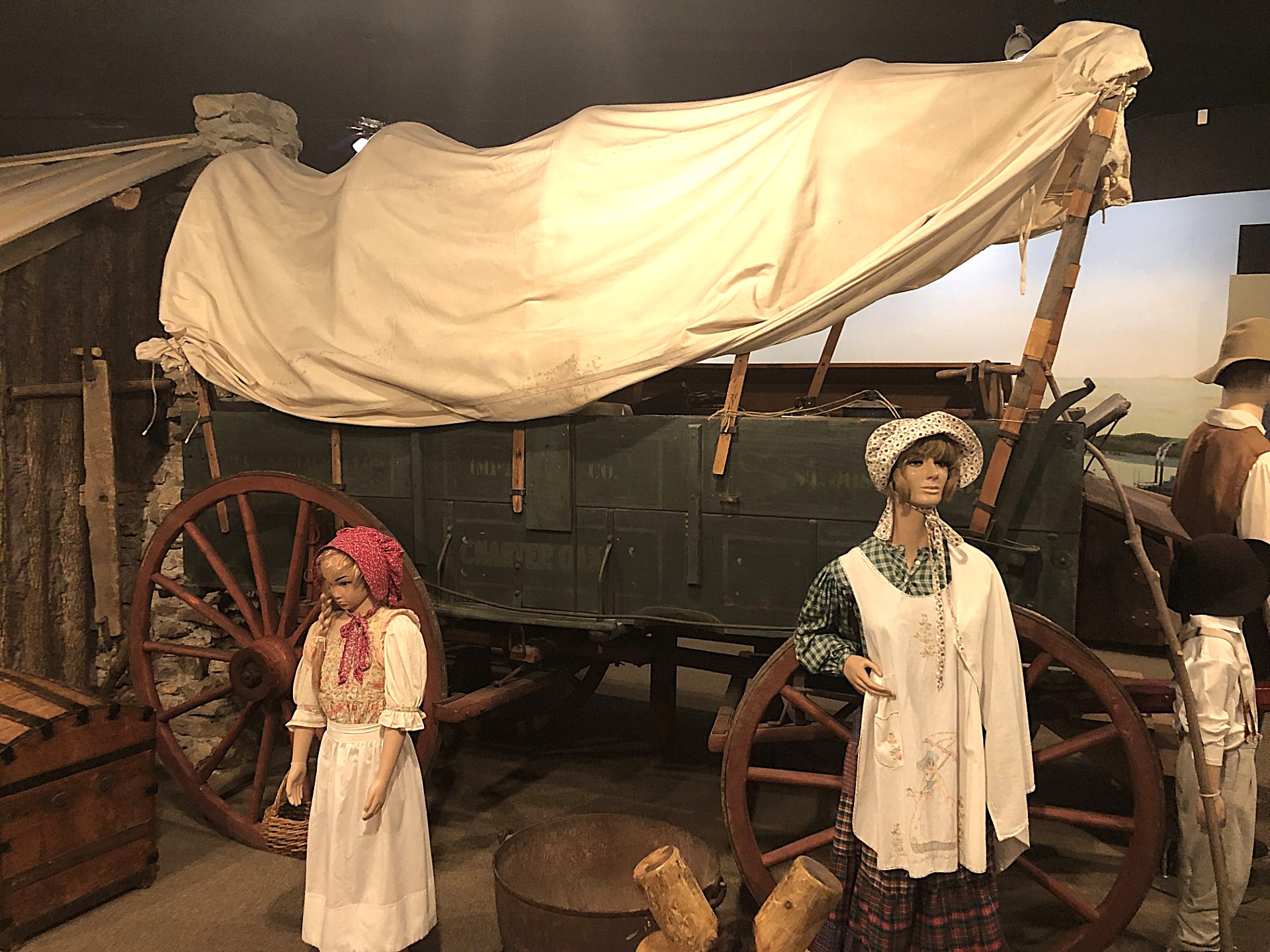
While it won't date to the 1860s and the timeframe of the Pony Express, this Charter Oak brand wagon (as shown in the Pony Express Museum in St. Joseph, MO) was originally sold in St. Joseph. It is a nice touch to the museum.
In summary, stories of the American West and the country's first transportation industry are chock full of amazing material. Making that connection with your vehicle can make all the difference in how the next generation perceives it. It sounds obvious but it's good to remember that we have to start by literally sharing that history. In other words, even in literature, those open books or ones with an attractively illustrated covers or perhaps just a well-supported write-up... these are the stories that folks are often drawn to. It doesn't matter if it's a farm, freight, business, ranch, or military wagon or even if it's a stage or logging vehicle, everything has a background - even if it takes the charm of a dog to lure folks in.
Likewise, digging for that rich history can be an enjoyable journey. I share with every visitor to our collection that each vehicle and supporting part has a past to share. In other words, there's a reason we have what we have. It's easy to get lost in all of the stories but watching the enthusiasm transfer over is worth all the time it takes to root out the backgrounds. From historic timeframes and design features to brand distinctions, ownership accounts, and more, some of the greatest opportunities to preserve and promote a legacy can start with one simple question, "What's The Story?"
Psalm 20:7
